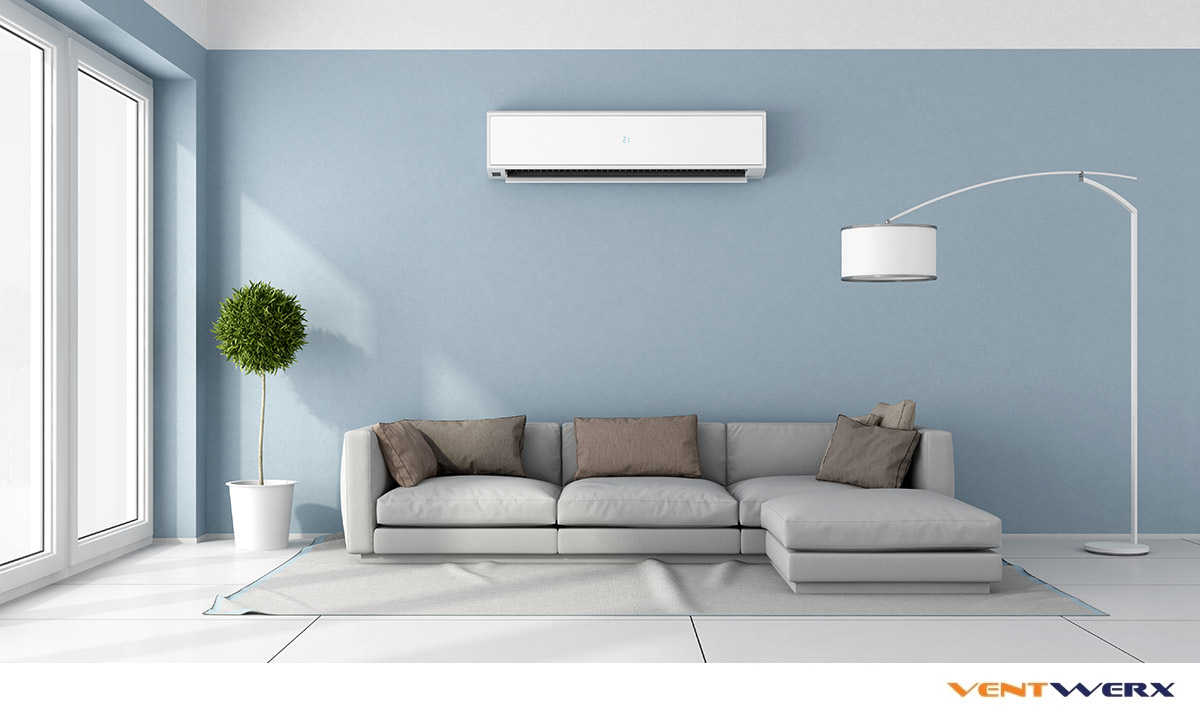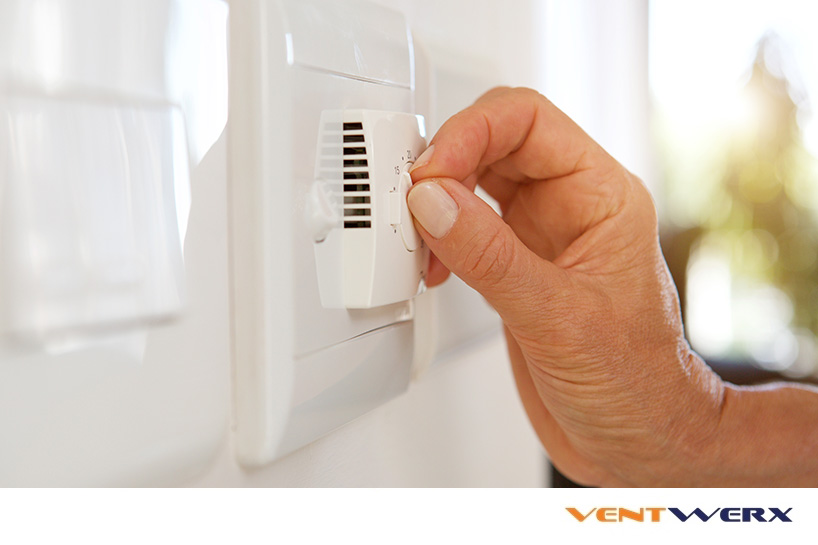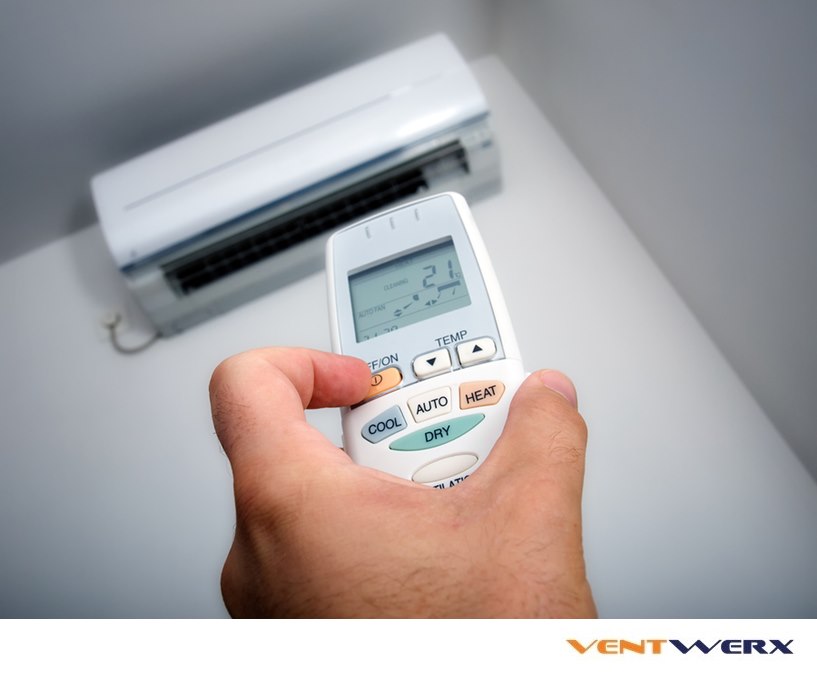What Is The Energy Efficiency Ratio in Air Conditioning?
What is the Energy Efficiency Ratio in Air Conditioning?
If you’re shopping for a new air conditioner, you may have noticed that they have an Energy Guide Label prominently displayed. On this label, is a EER score, which stands for Energy Efficiency Ratio.
The higher the EER score, the more efficient the air conditioning unit. Generally, the more efficient the air conditioner, the higher the initial costs. This up-front expenditure is recouped over time by energy savings.
What is EER? How is it calculated?
Energy Efficiency Ratio (EER) is a score given to room air conditioners. Seasonal Energy Efficiency Ratio (SEER) is given to central air conditioning systems.
Most air conditioners are rated in British thermal units (BTU). One BTU is the amount of heat it takes to raise the temperature of one pound of water by 1 °Fahrenheit (about 1055 joules). In the context of air conditioning, the BTUs of a unit are how much heat that unit can remove from the surrounding air – or, how many degrees it can cool the surrounding air.

The EER is computed by dividing the BTUs of cooling energy by the watts needed to power the unit.
For example, if you have an air conditioner with 10,000 BTU of cooling energy, and it takes 950 watts to power it, the EER is 10.53.
10000 BTU / 950 w = 10.53 EER.
EER is calculated with a 95 °F outside temperature, an inside temperature of 80 °F, and 50% relative humidity.
What is SEER? How is it calculated? How does SEER relate to EER?
SEER stands for Seasonal Energy Efficiency Ratio.
The SEER rating of an air conditioning unit is the cooling capacity during a given season divided by the electrical input needed to cool that air during the same period. As with EER, the higher the SEER rating, the more energy efficient the air conditioner.
In other words, SEER only takes seasonal use into account, not year-round use.
Central air conditioning units are usually scored using SEER, while portable air conditioners and window units are score using EER.
SEER is calculated with the same BTU / wattage, but with an 82 °F outside temperature.
Choosing an air conditioner based on BTU
Based strictly on size, an air conditioner needs about 20 BTU for each square foot of living space.
As an example, a 2100 square foot home would require a 42,000 BTU air conditioner for efficient cooling capacity.
What about calculating annual energy consumption based on EER?

Choosing an Air Conditioner Based on EER
Let’s say you are choosing between two 10,000 BTU air conditioning units. One has an EER of 8.5 and consumes 1,200 watts, and the other has an EER of 10.2 and consumes 1,000 watts. We’ll say that the higher EER unit costs $100 more than the other unit. We want to figure out how long it will take to recoup the investment on the more expensive, higher EER unit.
You’ll need to know:
- How many hours per year the AC unit will be running
- The average rate of a kilowatt-hour (kWh) in your local area
If we average 30 days in a month, using the AC for the five months hottest months each year: 5 mo x 30 days/mo x 8 hr/day = 1200 hours [(1200 hrs x 200 watts) / (1000 watts/kW)] x $0.10/kWh = $24.00 Since the more expensive unit costs about $100 more, it will take about four years for the more expensive unit to break even vs the lower cost unit.

Calculating annual energy consumption in SEER
For an example, let’s look at a 5000-BTU-per-hour air conditioner, with a SEER of 10 BTU/Watt-hours, operating for a total of 1170 hours during an annual cooling season (9 hours per day for 130 days).
The annual total cooling output would be:
5000 BTU/h × 9 h/day × 130 days/year = 5,850,000 BTU/year
With a SEER of 10 BTU/Watt-hours, the annual electrical usage would be about:
5,850,000 BTU/year / 10 BTU/kWhrs = 585,000 kWhrs/year
The average power usage may also be calculated more simply by:
Average power = (BTU/hr) / (SEER) = 5850 / 10 = 585 W
If your electricity cost is 0.20/kilowatts per hour, then your cost per operating hour is:
0.585 kW * 0.20/kWhr = 0.117/hr
How does SEER affect cost?
The difference between a 14 SEER and 15 SEER air conditioning unit where all other specs are equal will be about $1000 more. Moving from 14 SEER to 17 SEER will be a difference of about $1800, and a 21 SEER system will cost about 40% more than a 14 SEER system.
Government mandated SEER minimums
In 2006, the minimum for air conditioners was raised to 13 SEER.
In 2015, the nationwide minimum rating for split-system AC units was raised to 13 SEER. In Alabama, Arkansas, Delaware, District of Columbia, Florida, Georgia, Hawaii, Kentucky, Louisiana, Maryland, Mississippi, North Carolina, Oklahoma, South Carolina, Tennessee, Texas, and Virginia, installed split-system AC units must be at least 14 SEER.
As of 2015, in Arizona, California, Nevada, and New Mexico, split-system air conditioning units must be rated at least 14 SEER and also 11 EER (for package systems), 11.7 EER (for split-systems rated 45,000 BTU/hr or more), or 12.2 EER (for split-systems rated below 45,000 BTU/hr.)
To be labelled as an Energy Star unit, a central air conditioning system must have a 12 EER rating (for split systems) and an 11 EER rating (for package units).
High-efficiency air conditioners usually have a minimum of 16 SEER and 13 EER.
Conventional ducted air conditioning systems can currently reach a peak of about 21 SEER.
How to save energy on air conditioning in the summer
Setting the AC thermostat as high as is comfortable will help save on your electricity bill. Setting the thermostat to a lower temperature will not cool the room faster. Instead, the air conditioner will work longer to reach the target temperature.
Keep appliances like lamps, televisions, and stereo equipment away from the room thermostat. These appliances give off electrical heat, which may affect the thermostat readings, and keep the air conditioner in use, even if the target room temperature has been reached.
On especially humid days, set the air conditioning fan speed to low, not high. This will cool the room more effectively, as more moisture will be removed from the circulated air.
Use a ceiling fan along with your air conditioner. This will help circulate the cool air throughout your home.